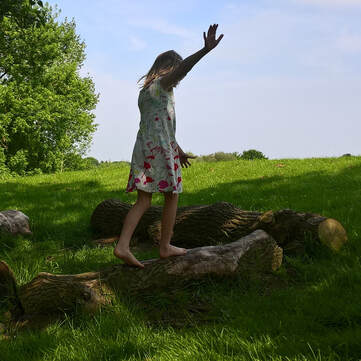|
|
Learning can be broken down into three easy-to-understand sections: Sponge, Developmental, and Taught.
By laying out each meaning and looking at them individually, we can see just how different and sometimes contradictory these meanings are. When we recognise learning in its many variations, it is possible to support a child in every aspect of learning. |
|
We need a global shift of focus from academics to well being, and from educators to human developers."
- Dr. Jean Clinton






